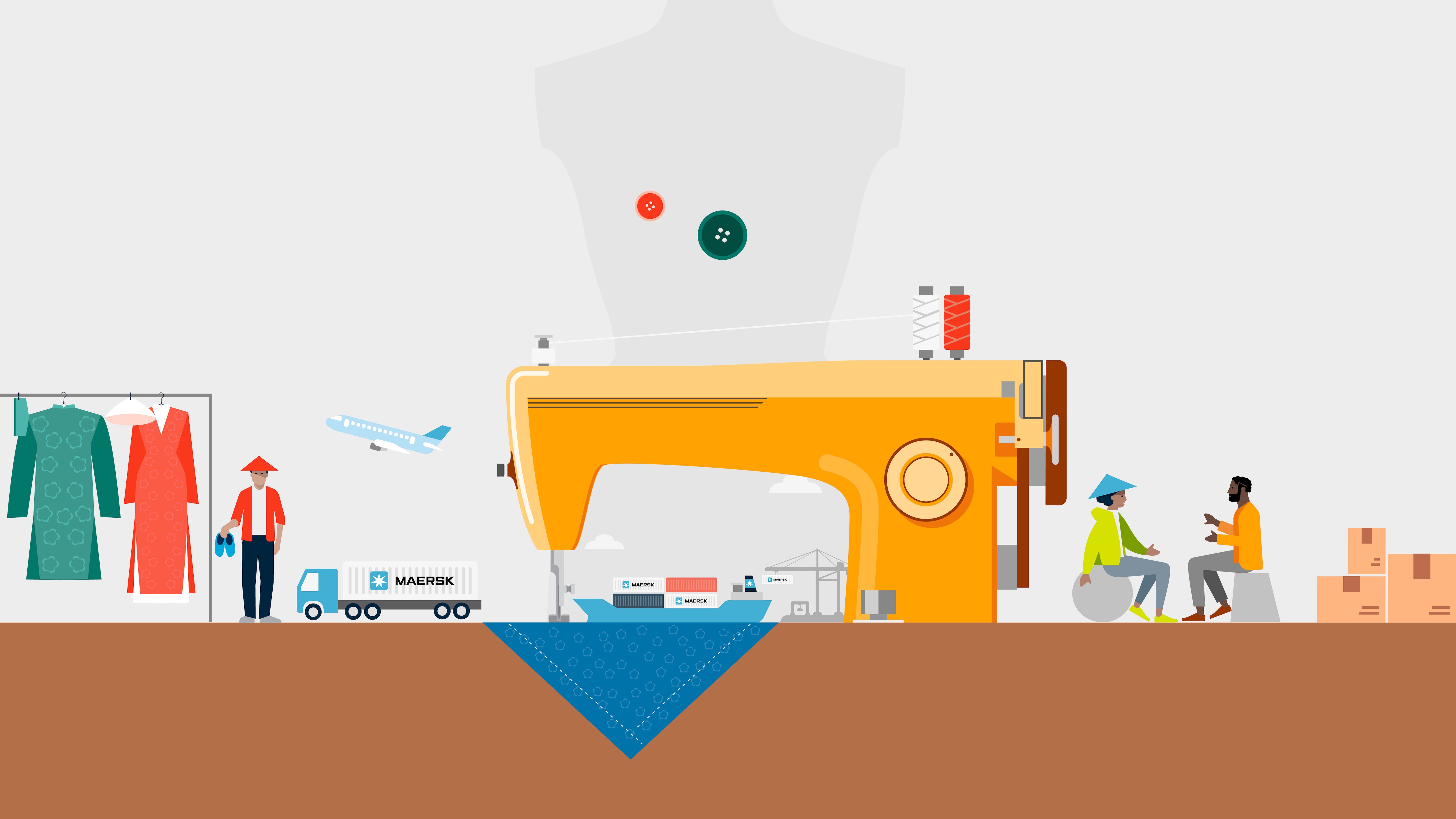Ongoing demand volatility is pushing companies towards a more flexible, demand-driven sourcing model. At the same time, it is increasingly important that businesses improve the efficiency and sustainability of their end-to-end product development and sourcing processes. In our recent Fashion Logistics webinar, we cast a spotlight on some of these topics. We discussed key trends that are informing purchasing practices, strategic partnerships with suppliers, and expectations brands have from their supply chain partners in relation to agile and sustainable sourcing.
Key trends driving purchasing strategy
Recently, we have observed a high emphasis on resilience, which can influence decision-making. Fashion companies are exploring how to mitigate risks in their sourcing models and avoid a high dependency mostly on few large suppliers. In other words, multi-sourcing is the primary focus. Many lifestyle companies have also been relying on a certain degree of near sourcing for many years, primarily in Europe and North America.
However, this practice is primarily for finished goods, and for the most part, production inputs still need to travel long distances to manufacturing locations that are near the final consumer markets. Companies are thus moving away from landed cost optimisation and placing a greater focus on an end-to-end approach.
Technological innovation is also being given greater consideration, as companies expect to work with partners who can be dynamic with their decision making and systems integration.
Embracing sustainable sourcing
In the recent surveys we have conducted, we have observed a clear link between technology adoption to enhance agility, and an effort by companies to work towards emission reduction. For instance, companies are increasingly evaluating the breadth and efficiency of the visibility they can get across their supply chain at a granular level. This also includes upstream efficiency, and an evaluation of how they can shape and optimize processes, supported by newer technologies.
Strategic partnership with suppliers
There are a few key expectations brands should place on their supply chain partners when it comes to sustainable practices. It’s critical for logistics providers to have a clear long-term agenda including targets for systematic improvement. Companies should also include make sure that this sustainability mindset extends to their entire network of providers. In addition, shared values and strategies are critical within your sphere of influence. Brands should aim to set certain standards and ensure that they align with the partners they chose to work with.
The right strategic partnerships are essential when working on a joint sustainability agenda. Primarily, there need to be tangible actions and timeframes for any deliverables that require cross-functional collaboration.
Key takeaway
In order to deliver on the promise of agile and large-scale sustainable sourcing, the effort must extend far beyond individual companies.
Brands and retailers will need to foster better collaborate with suppliers and supply chain partners, encompassing real long-term planning for their value chains, with robust measurement, innovative technologies, and performance management.
Fashion has always been about leading the way by being daring, challenging the status quo, and reimagining the world we live in. There has never been a more essential time to leverage those qualities to help set new standards in agile and sustainable sourcing.
To learn more on fashion supply chain, please visit Threads that bind: Transforming the fashion supply chain through digitalisation and transparency | Maersk
Speakers



Moderated by

Wir stehen Ihnen mit Rat und Tat zur Seite
I agree to receive logistics related news and marketing updates by email, phone, messaging services (e.g. WhatsApp) and other digital platforms, including but not limited to social media (e.g., LinkedIn) from A. P. Moller-Maersk and its affiliated companies (see latest company overview). I understand that I can opt out of such Maersk communications at any time by clicking the unsubscribe link. To see how we use your personal data, please read our Privacy Notification.
By completing this form, you confirm that you agree to the use of your personal data by Maersk as described in our Privacy Notification.
